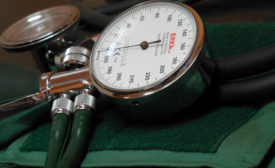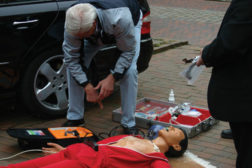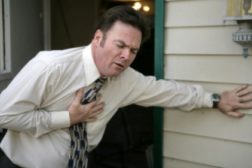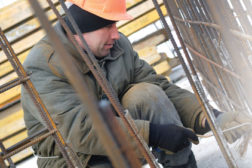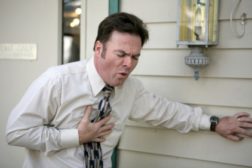Home » Keywords: » cardiac
Items Tagged with 'cardiac'
ARTICLES
Many Americans have dangerous misconceptions about heart failure
Lots of confusion over heart failure v. heart attack
June 18, 2015
AEDs not in most likely sites of cardiac arrest
Getting bystanders to use them also a hurdle
March 5, 2013
Cintas Corp receives Heart Award for saving lives through its automated external defibrillator (AED) program
Over 200 lives saved using Cintas-provided AED
September 25, 2012
Become a Leader in Safety Culture
Build your knowledge with ISHN, covering key safety, health and industrial hygiene news, products, and trends.
JOIN TODAYCopyright ©2024. All Rights Reserved BNP Media.
Design, CMS, Hosting & Web Development :: ePublishing
